One of the reasons that so many professional drone operators are interested in FAA regulation news and analysis is because of how quickly and often things are changing. Just last week the FAA raised the unmanned “blanket” altitude authorization for Section 333 Exemption holders to 400 feet. Soon after that came out, news about the expansion of online registration went public. Both developments can and will impact what it means to fly a drone for commercial purposes.

Jonathan Rupprecht
 What are a few of the things people and/or organizations are not thinking all the way through regarding filing and receiving their own 333?Finding a person who will help you be compliant AFTER you obtain your Section 333 exemption. Many people are not planning for future operations. A 333 operator should have on speed dial individuals who can help them get rapid accurate answers. Dealing with unqualified and unexperienced individuals will cost you time and money. This leads into the second point.Finding a person to help you who is qualified. This is by far the biggest problem. Many of the individuals in this industry who are helping people get their 333 exemptions, COAs, etc. have little to no aviation or legal background and are guinea pigging on clients. I’ve seen all sorts of horror stories of what is going on right now.Preparing a Section 333 exemption on behalf of people is considered the practice of law. Many individuals are NOT attorneys; therefore, they are committing the unlicensed practice of law which is a crime in most states. Many of the individuals who are not attorneys quickly respond that this is protectionistic. It is – of the client.I’ve seen all sorts of monkey-see-monkey-do exemptions be submitted which make the client come across as sub-professional. Petitions for exemption for regulations the FAA has said over a year and half ago do NOT apply. It’s like a sign in Spanish being around the neck of an English only speaker saying only in Spanish, “I’m stupid and I don’t know Spanish.” You don’t know what you don’t know and neither does the unqualified consultant – but you have to live with the consequences.Additionally, most drone consultants working in this area have no malpractice insurance which protects the clients. They can’t get legal malpractice insurance because they aren’t attorneys.Conversations between the consultant and the client are also not privileged. Attorneys have the protection, not consultants. A FAA or state prosecutor could subpoena the consultant to testify against the client or turn over documents used to prosecute the client.There is no third party oversight keeping drone consultants honest and the dishonest out. I would highly suggest everyone do a Google search on anyone as there are many dishonest individuals in this industry. I’m not going to point them out for fear of having the snakes turn on me.Not to just pick on the unqualified consultants. There are many attorneys who are unqualified to pick up clients. I’ve witnessed one attorney ask for an exemption for a pixhawk flight controller. Let that sink in for a second. The attorney had such a lack of knowledge of drones that they goofed their client over by getting them an exemption for a flight controller- not an aircraft. That client has an exemption they can’t fly under. To give you another example of legal malpractice, I witnessed another attorney file an exemption which was legally defective. The exemption was denied and the client had to wait 4 months because the attorney goofed up. All of those details are around how the FAA is currently handling registration for commercial drone operation, but that is set to change once the 2016 FAA Reauthorization Act comes out. Will this act effectively eliminate the need to file 333 Exemptions?Not sure. There are many things up in the air regarding the 333’s. What can be said is that Section 333’s will ALWAYS be around to accomplish things that cannot be done because there are no regulations in place. For example, once Part 107 comes out, the only way night, moving vehicle, 55 pound and heavier, 500 foot and higher operations will get approved is under a Section 333 exemption for these non-107 operations.The biggest distinction around Part 107 seems to be eliminating the need to have a pilot’s license in order to fly a UAV for commercial purposes. What else do you think is most notable about the notice of proposed rule-making? Part 107 eliminates the need for a MANNED pilot certificate. You ARE getting an unmanned aircraft operator’s certificate. I think the other notable mentions is that there is no 500ft buffer zone mentioned, you can fly near airports, and there is no 24 hour NOTAM rule.How much of a disappointment is it that approval for things like night time flying and beyond visual line-of-sight flying aren’t set to be included in Part 107?Night and beyond visual line of sight are different animals. I see that the FAA will eventually add these in future proposed regulations. In the meantime, I have been working on a night Section 333 exemption. The FAA has taken a hard stance around airspace being exclusively their territory to regulate, but that hasn’t stopped state and local officials from issuing their own ordinances. What kind of an impact has that had on both operators and legislators?Many. People have been getting arrested around the US and calling me. People are scared of these local drone laws that pop up like mushrooms overnight. The police are either using already existing laws like trespass, criminal mischief, reckless operations, or noise violations or use a law specifically targeting drones. North Carolina passed some laws regulating drones which shows that they do not understand preemption or they don’t care. Additionally, two individuals are being prosecuted in the City of LA for violations of an LA ordinance which is MORE restrictive than the FAA. Eventually, how do you see these sorts of clashes playing out? I see that the individual operators will continue to get beat up for some time until a federal lawsuit goes up to get a ruling on who owns the airspace. Can you tell us what kind of business opportunities you’ve seen clients create for themselves by filing for and receiving a 333? One client of mine picked up a major company as their client because one of the attorneys for the company found it very valuable that I filed the exemption for the client and was on their speed dial to rapidly answer my client’s questions. The large company didn’t want to “babysit” the drone operator and looked at the drone operator as being safer and more desirably because I was involved. On the other side of that, how many of the people who have filed for and even received a 333 end up unsure of how to move forward? Excellent question! What I have seen is that it boiled down to life changes or business relationships falling apart, not legal problems.Should anyone looking at flying a drone for commercial purposes see current regulation as a reason to avoid or embrace this technology? Depends. Regulations bring stability and order. They also create barriers to entry. On the other hand, they are also restrictive and create barriers with competing against individuals who are NOT complying with the rules. This depends on the industry you are going into whether this makes sense. If you are going into cinematography, it is very necessary to have a 333 to get jobs with higher paying clients. If you are in real estate, I would estimate 90% of all real estate drone operators are illegal which means they will cut corners and drop prices far below what a legal operator can offer, generally. How will or won’t regulation define the future of flying drones for commercial purposes?It will. The FAA believes drones are aircraft; therefore, they must be regulated by the Federal Aviation Regulations. The quicker you learn that in the drone world, the better off you will be. I don’t like it, but I’m not the FAA.
What are a few of the things people and/or organizations are not thinking all the way through regarding filing and receiving their own 333?Finding a person who will help you be compliant AFTER you obtain your Section 333 exemption. Many people are not planning for future operations. A 333 operator should have on speed dial individuals who can help them get rapid accurate answers. Dealing with unqualified and unexperienced individuals will cost you time and money. This leads into the second point.Finding a person to help you who is qualified. This is by far the biggest problem. Many of the individuals in this industry who are helping people get their 333 exemptions, COAs, etc. have little to no aviation or legal background and are guinea pigging on clients. I’ve seen all sorts of horror stories of what is going on right now.Preparing a Section 333 exemption on behalf of people is considered the practice of law. Many individuals are NOT attorneys; therefore, they are committing the unlicensed practice of law which is a crime in most states. Many of the individuals who are not attorneys quickly respond that this is protectionistic. It is – of the client.I’ve seen all sorts of monkey-see-monkey-do exemptions be submitted which make the client come across as sub-professional. Petitions for exemption for regulations the FAA has said over a year and half ago do NOT apply. It’s like a sign in Spanish being around the neck of an English only speaker saying only in Spanish, “I’m stupid and I don’t know Spanish.” You don’t know what you don’t know and neither does the unqualified consultant – but you have to live with the consequences.Additionally, most drone consultants working in this area have no malpractice insurance which protects the clients. They can’t get legal malpractice insurance because they aren’t attorneys.Conversations between the consultant and the client are also not privileged. Attorneys have the protection, not consultants. A FAA or state prosecutor could subpoena the consultant to testify against the client or turn over documents used to prosecute the client.There is no third party oversight keeping drone consultants honest and the dishonest out. I would highly suggest everyone do a Google search on anyone as there are many dishonest individuals in this industry. I’m not going to point them out for fear of having the snakes turn on me.Not to just pick on the unqualified consultants. There are many attorneys who are unqualified to pick up clients. I’ve witnessed one attorney ask for an exemption for a pixhawk flight controller. Let that sink in for a second. The attorney had such a lack of knowledge of drones that they goofed their client over by getting them an exemption for a flight controller- not an aircraft. That client has an exemption they can’t fly under. To give you another example of legal malpractice, I witnessed another attorney file an exemption which was legally defective. The exemption was denied and the client had to wait 4 months because the attorney goofed up. All of those details are around how the FAA is currently handling registration for commercial drone operation, but that is set to change once the 2016 FAA Reauthorization Act comes out. Will this act effectively eliminate the need to file 333 Exemptions?Not sure. There are many things up in the air regarding the 333’s. What can be said is that Section 333’s will ALWAYS be around to accomplish things that cannot be done because there are no regulations in place. For example, once Part 107 comes out, the only way night, moving vehicle, 55 pound and heavier, 500 foot and higher operations will get approved is under a Section 333 exemption for these non-107 operations.The biggest distinction around Part 107 seems to be eliminating the need to have a pilot’s license in order to fly a UAV for commercial purposes. What else do you think is most notable about the notice of proposed rule-making? Part 107 eliminates the need for a MANNED pilot certificate. You ARE getting an unmanned aircraft operator’s certificate. I think the other notable mentions is that there is no 500ft buffer zone mentioned, you can fly near airports, and there is no 24 hour NOTAM rule.How much of a disappointment is it that approval for things like night time flying and beyond visual line-of-sight flying aren’t set to be included in Part 107?Night and beyond visual line of sight are different animals. I see that the FAA will eventually add these in future proposed regulations. In the meantime, I have been working on a night Section 333 exemption. The FAA has taken a hard stance around airspace being exclusively their territory to regulate, but that hasn’t stopped state and local officials from issuing their own ordinances. What kind of an impact has that had on both operators and legislators?Many. People have been getting arrested around the US and calling me. People are scared of these local drone laws that pop up like mushrooms overnight. The police are either using already existing laws like trespass, criminal mischief, reckless operations, or noise violations or use a law specifically targeting drones. North Carolina passed some laws regulating drones which shows that they do not understand preemption or they don’t care. Additionally, two individuals are being prosecuted in the City of LA for violations of an LA ordinance which is MORE restrictive than the FAA. Eventually, how do you see these sorts of clashes playing out? I see that the individual operators will continue to get beat up for some time until a federal lawsuit goes up to get a ruling on who owns the airspace. Can you tell us what kind of business opportunities you’ve seen clients create for themselves by filing for and receiving a 333? One client of mine picked up a major company as their client because one of the attorneys for the company found it very valuable that I filed the exemption for the client and was on their speed dial to rapidly answer my client’s questions. The large company didn’t want to “babysit” the drone operator and looked at the drone operator as being safer and more desirably because I was involved. On the other side of that, how many of the people who have filed for and even received a 333 end up unsure of how to move forward? Excellent question! What I have seen is that it boiled down to life changes or business relationships falling apart, not legal problems.Should anyone looking at flying a drone for commercial purposes see current regulation as a reason to avoid or embrace this technology? Depends. Regulations bring stability and order. They also create barriers to entry. On the other hand, they are also restrictive and create barriers with competing against individuals who are NOT complying with the rules. This depends on the industry you are going into whether this makes sense. If you are going into cinematography, it is very necessary to have a 333 to get jobs with higher paying clients. If you are in real estate, I would estimate 90% of all real estate drone operators are illegal which means they will cut corners and drop prices far below what a legal operator can offer, generally. How will or won’t regulation define the future of flying drones for commercial purposes?It will. The FAA believes drones are aircraft; therefore, they must be regulated by the Federal Aviation Regulations. The quicker you learn that in the drone world, the better off you will be. I don’t like it, but I’m not the FAA.

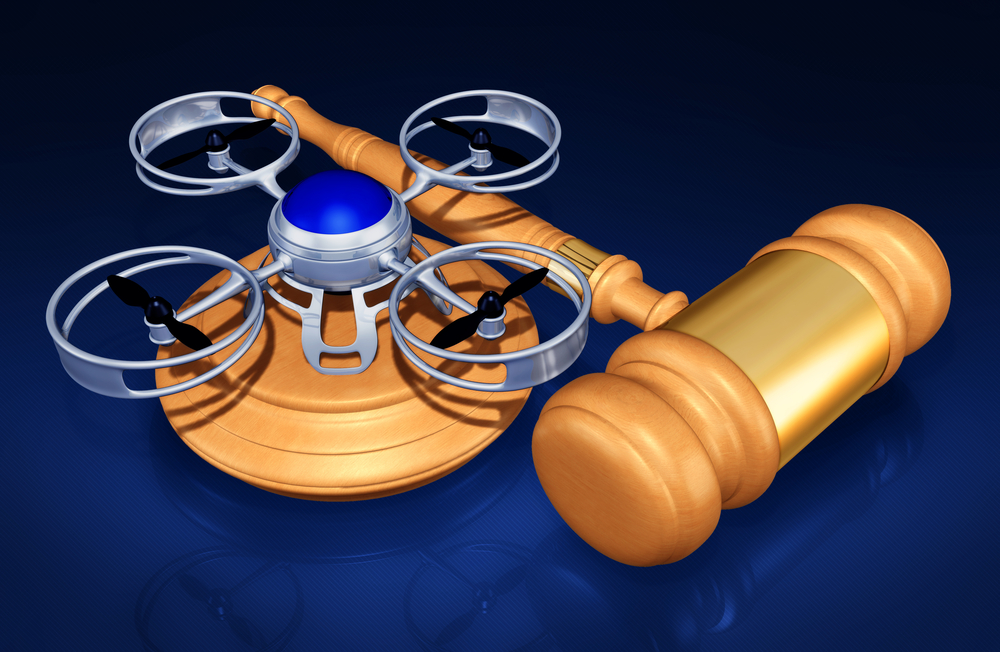

.png.small.400x400.png)
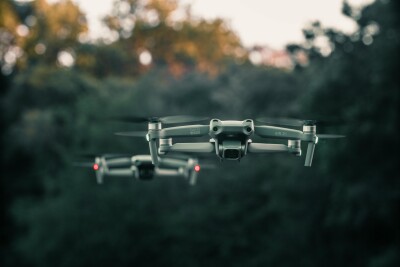
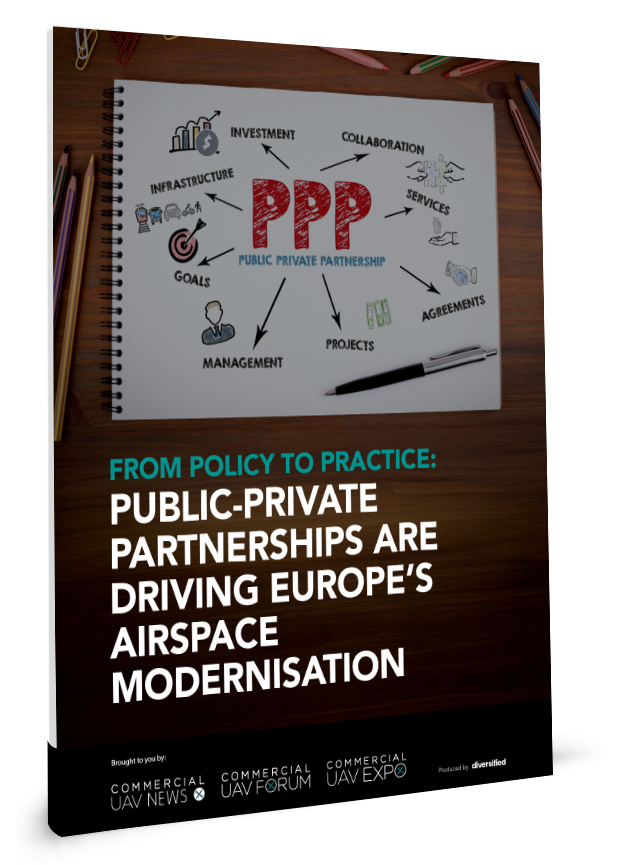
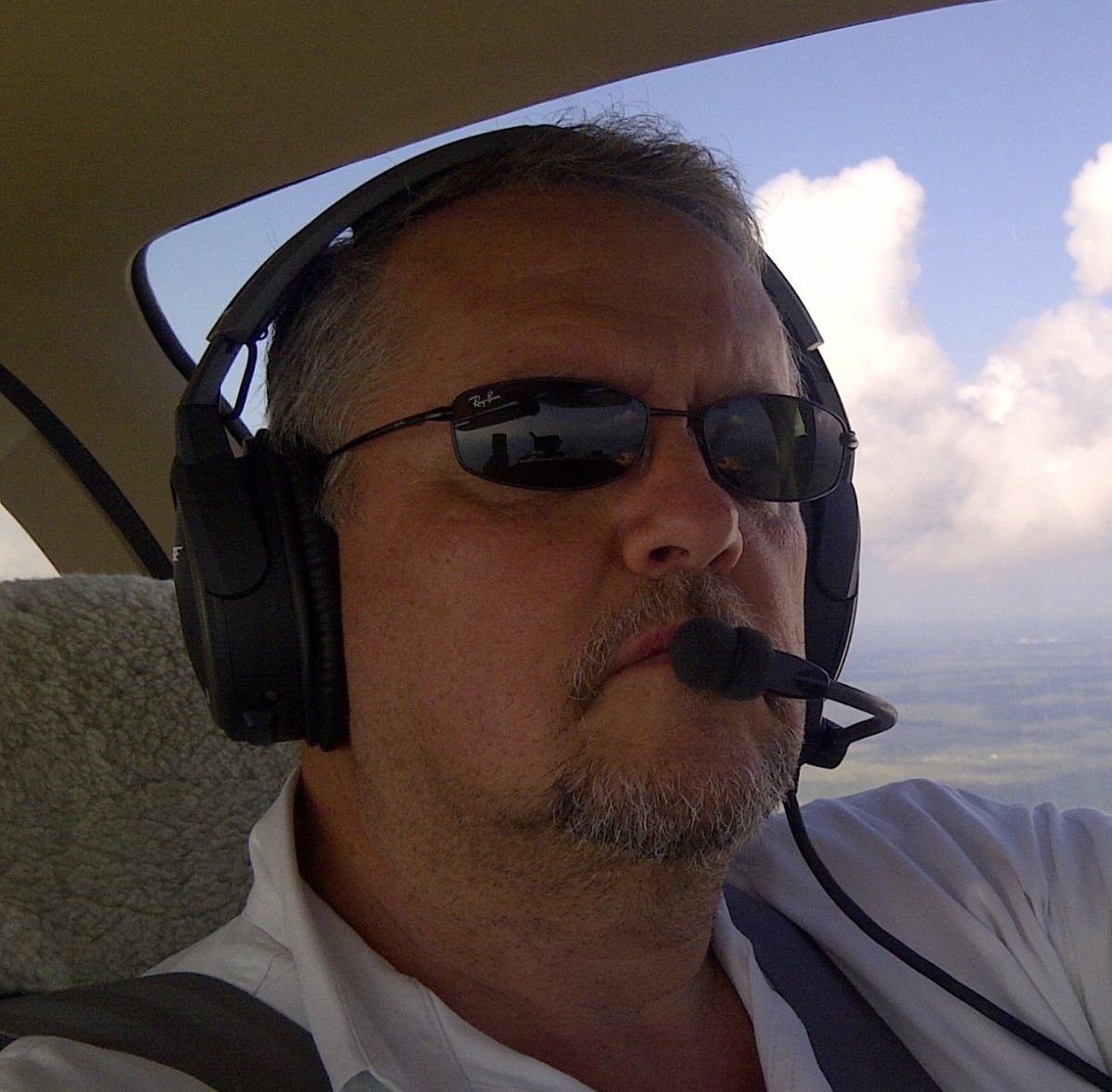



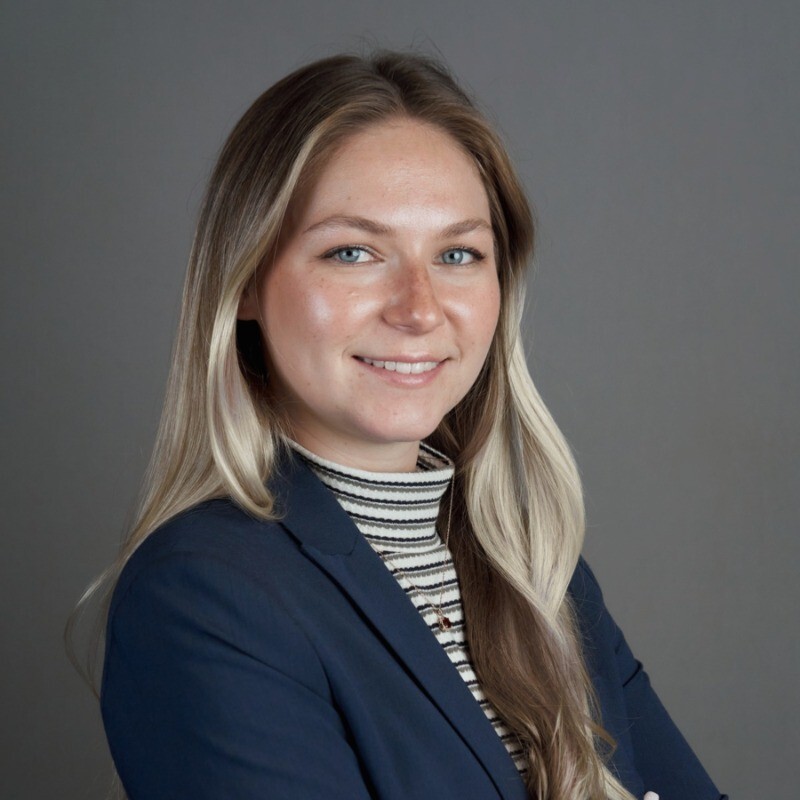

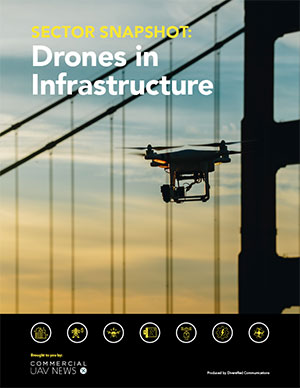
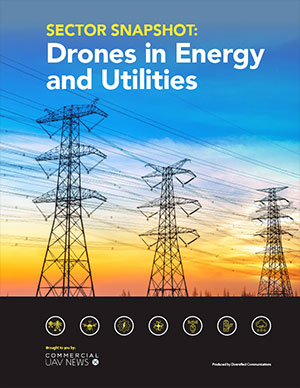
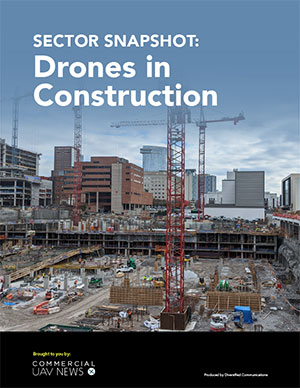
Comments